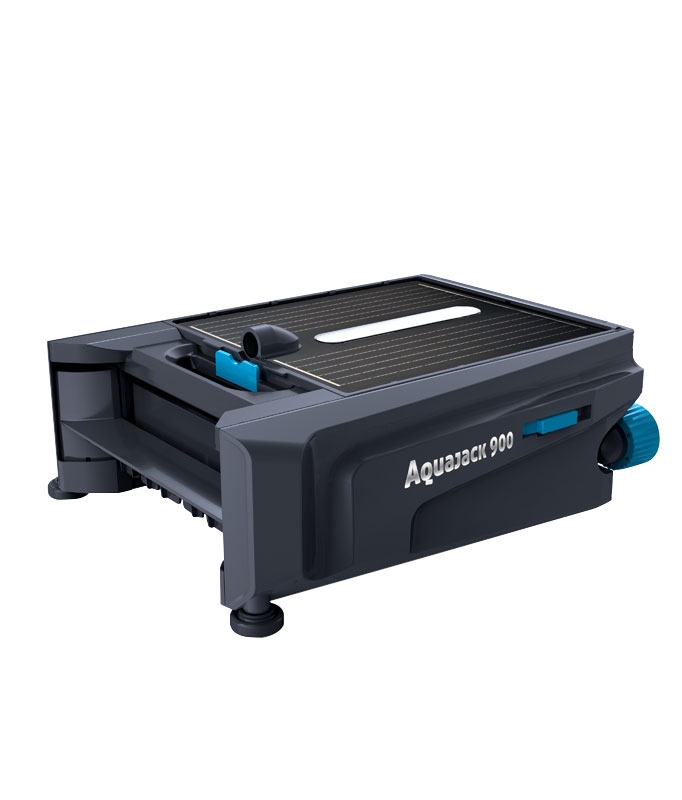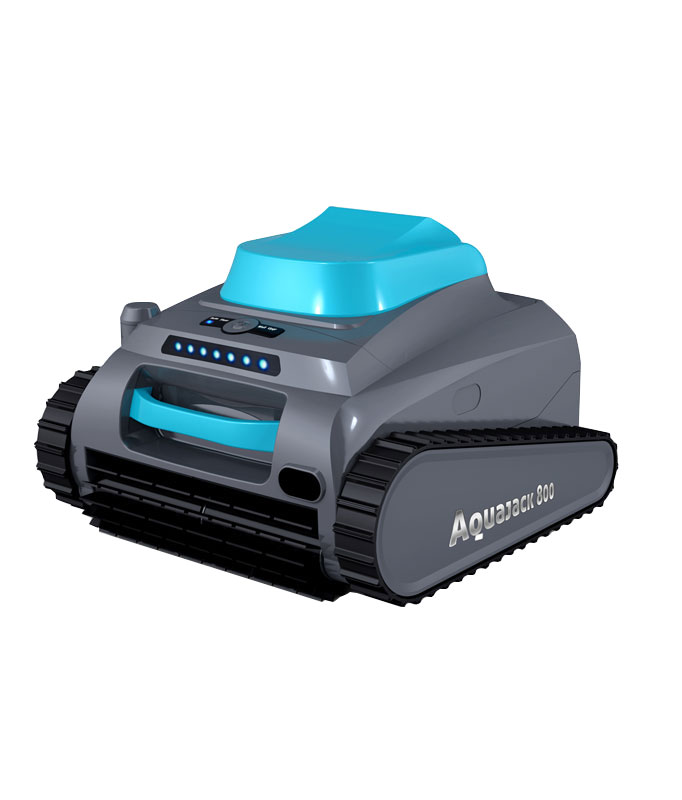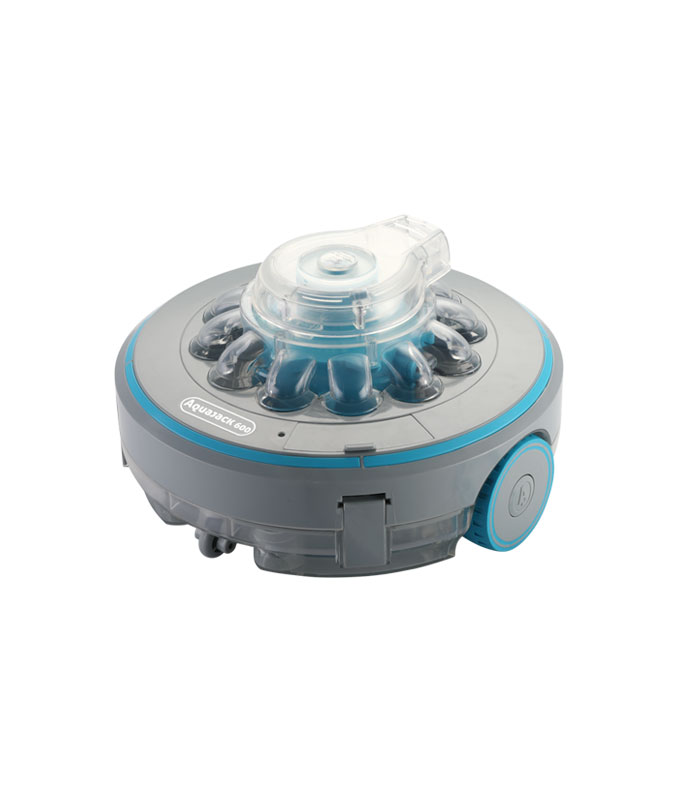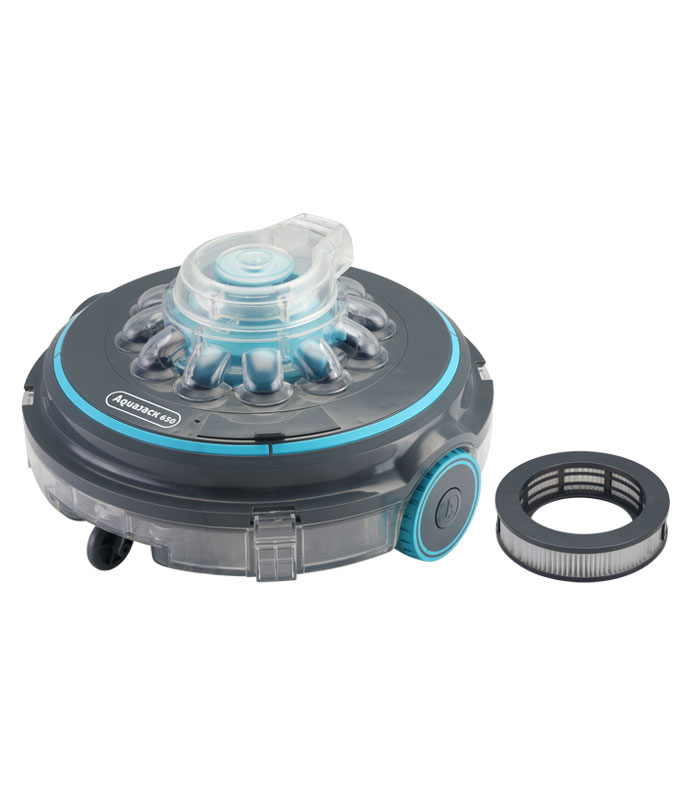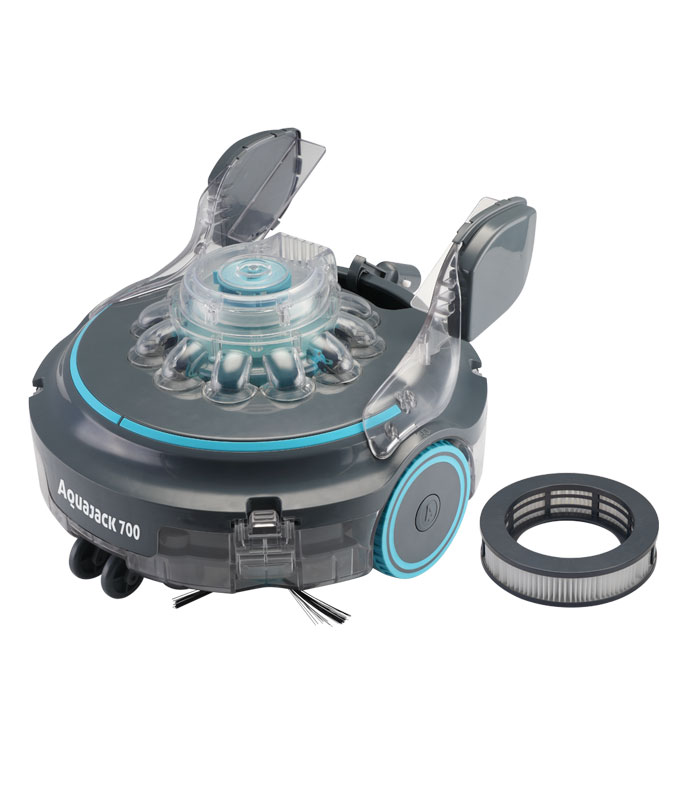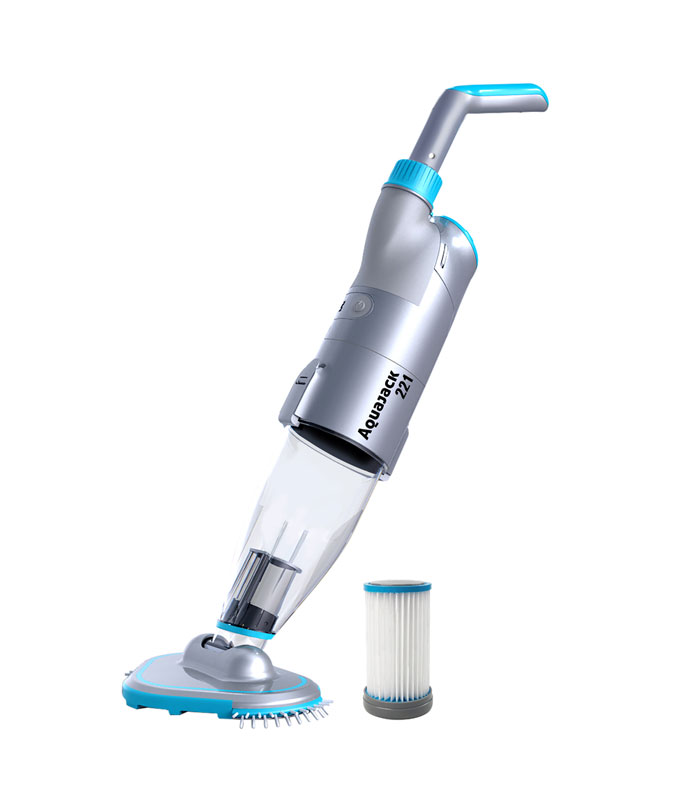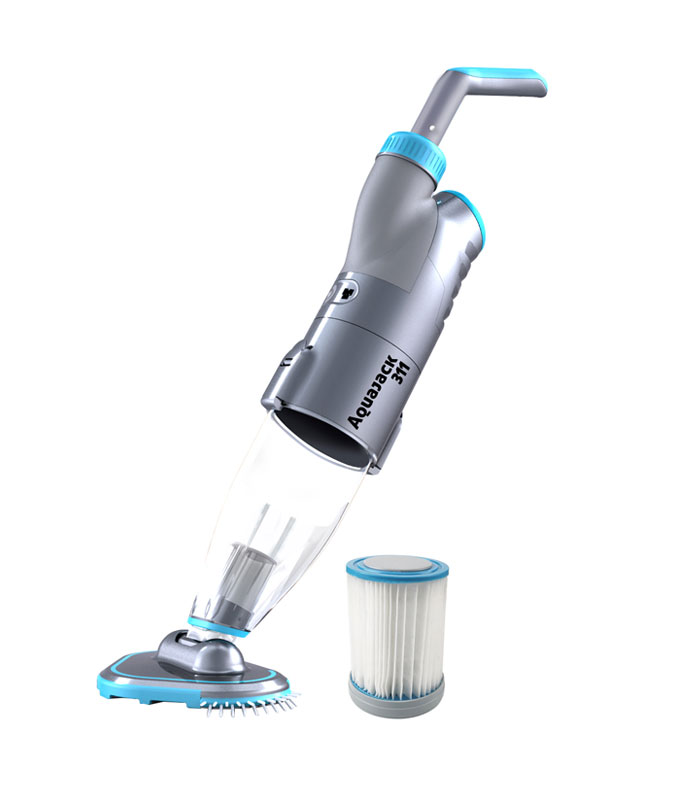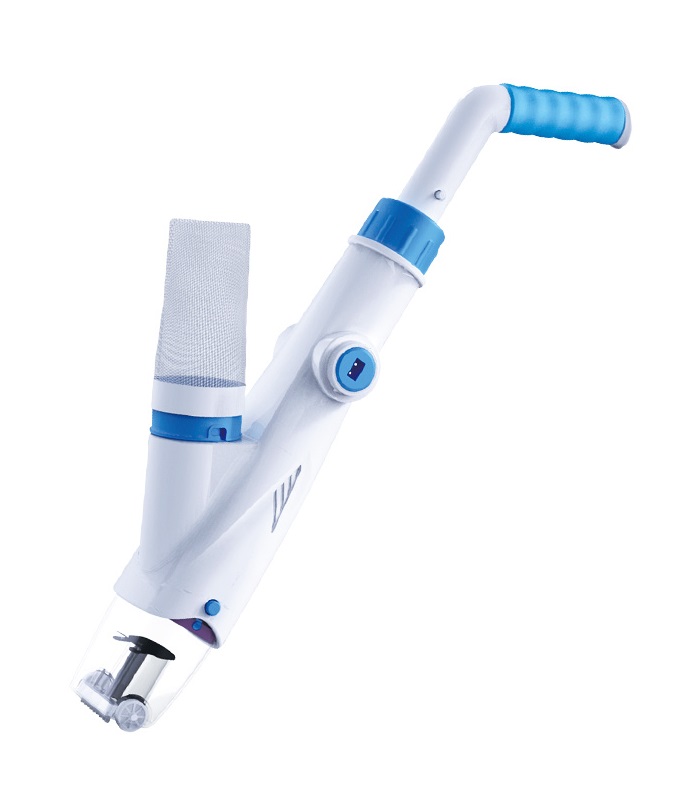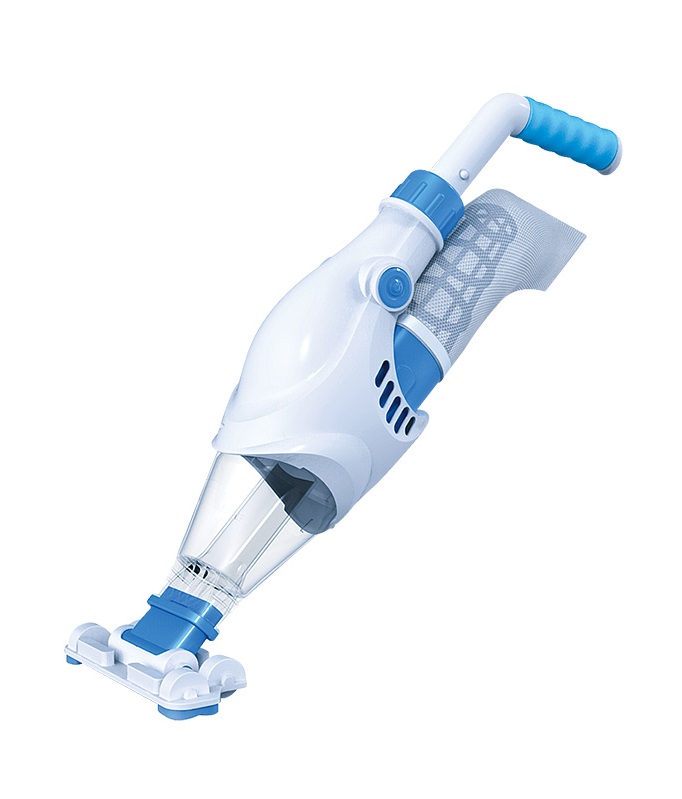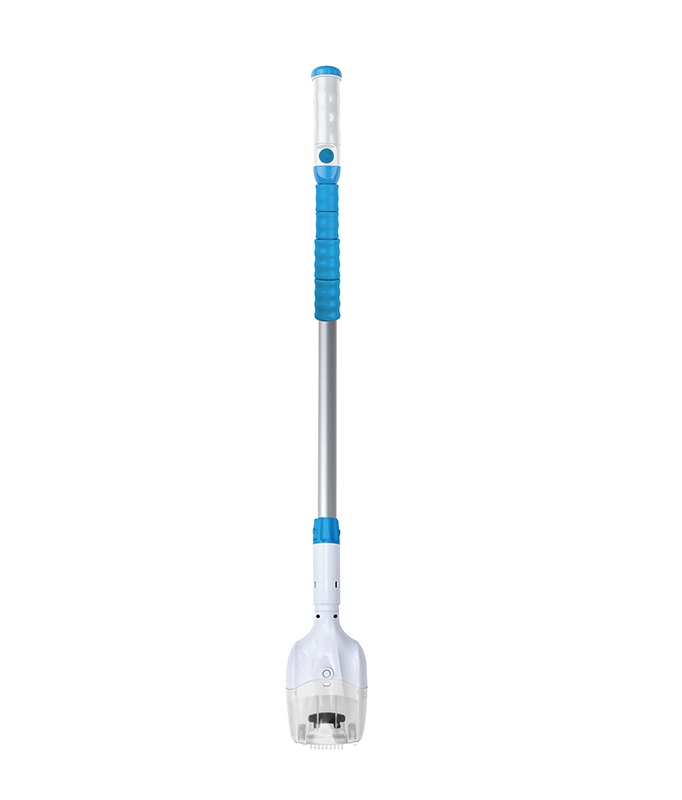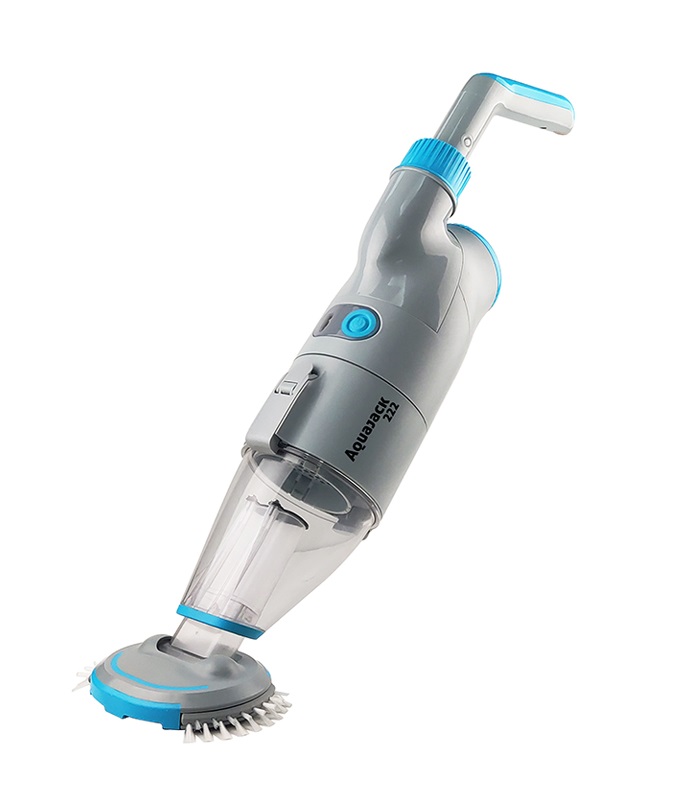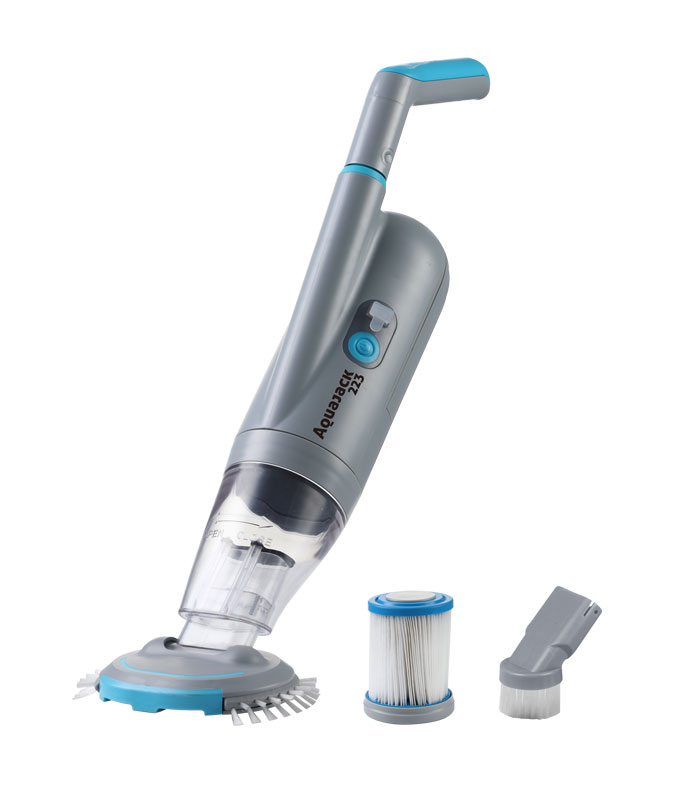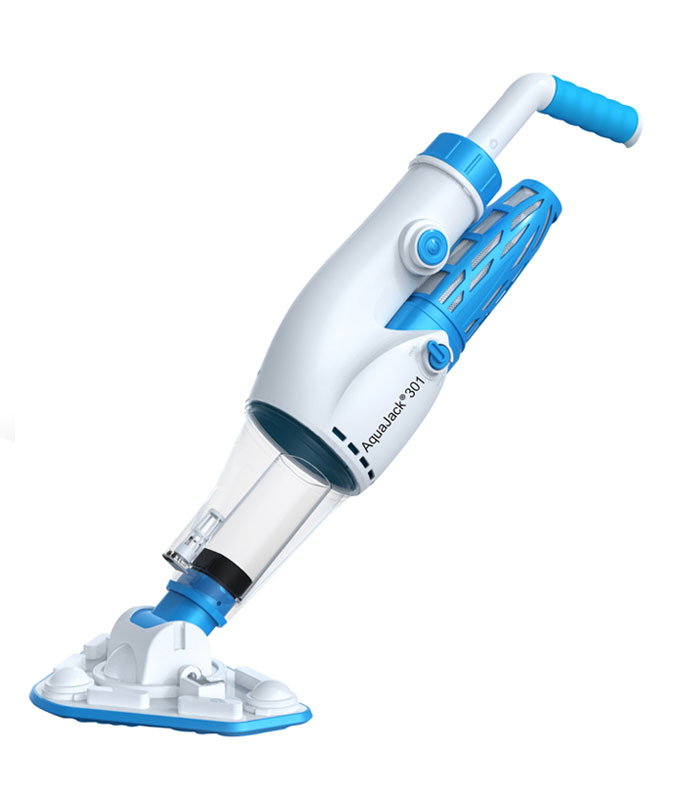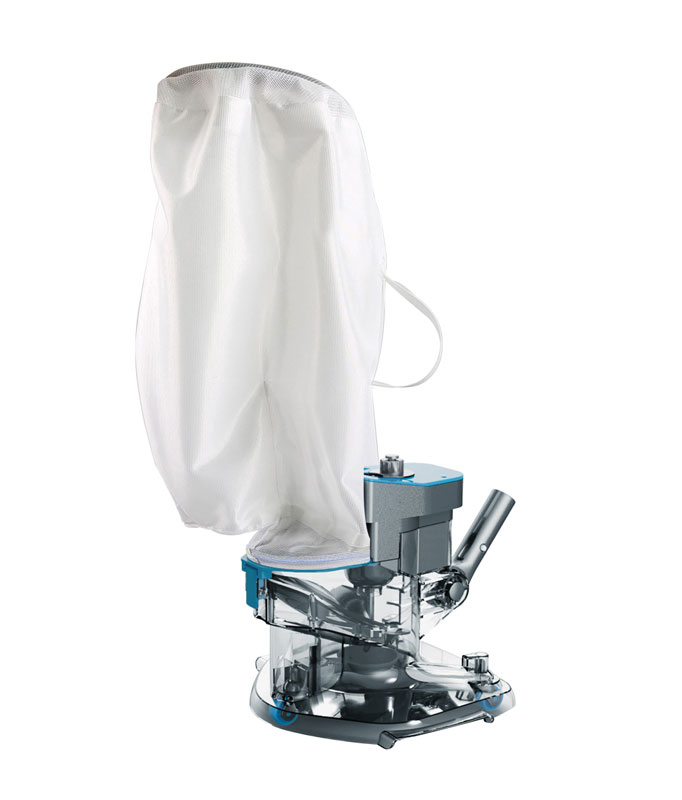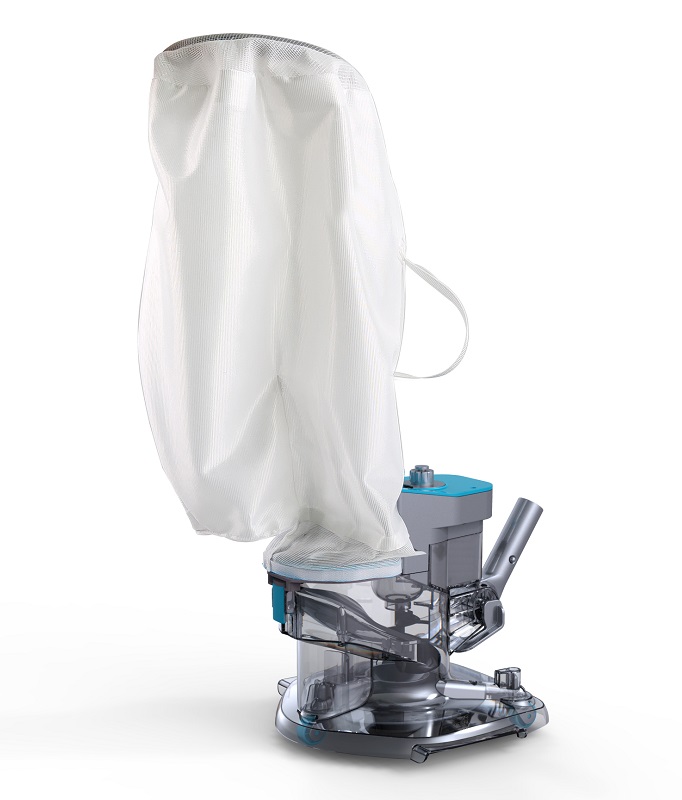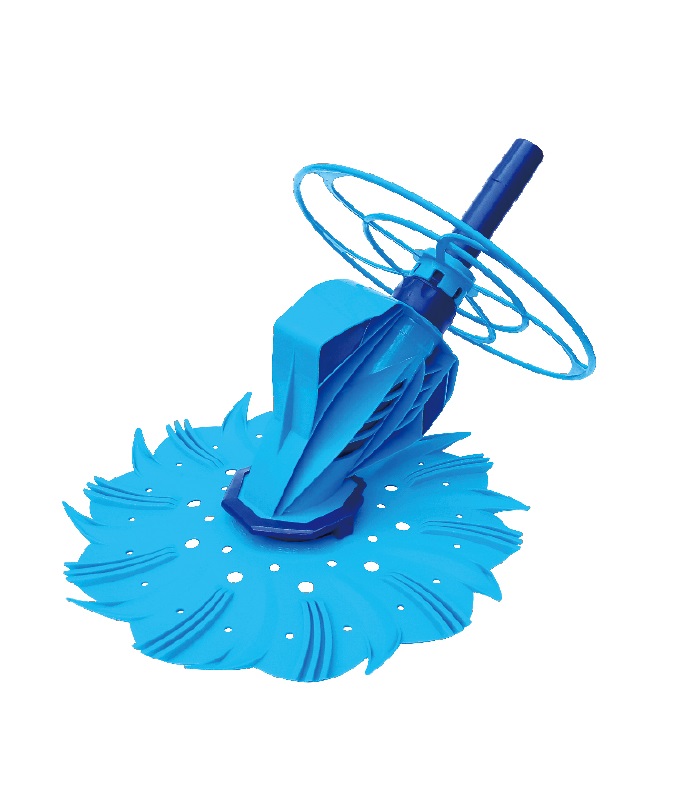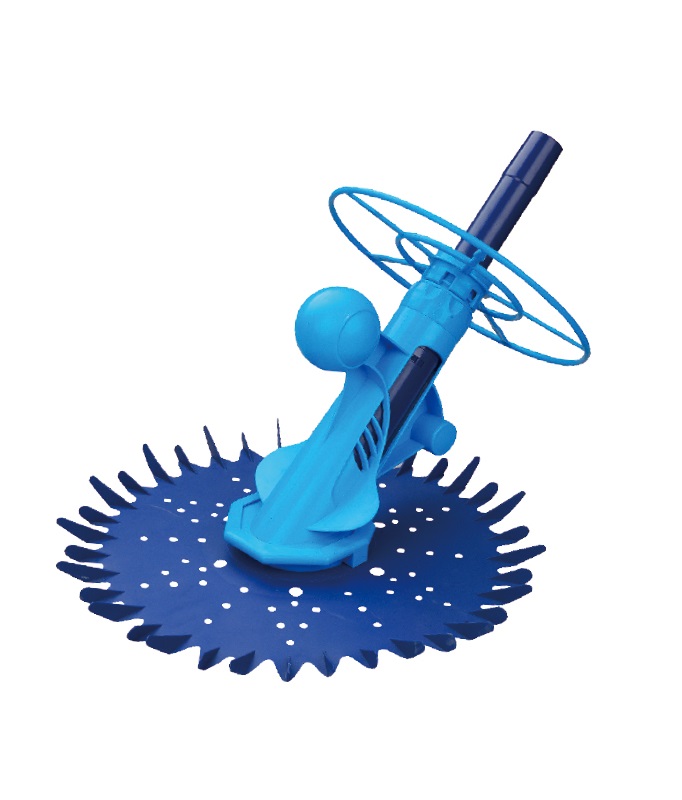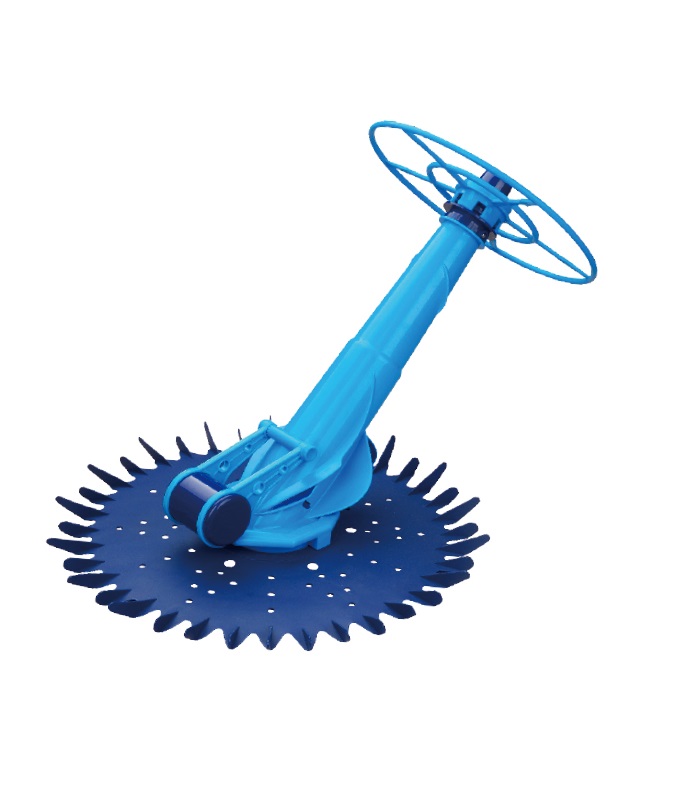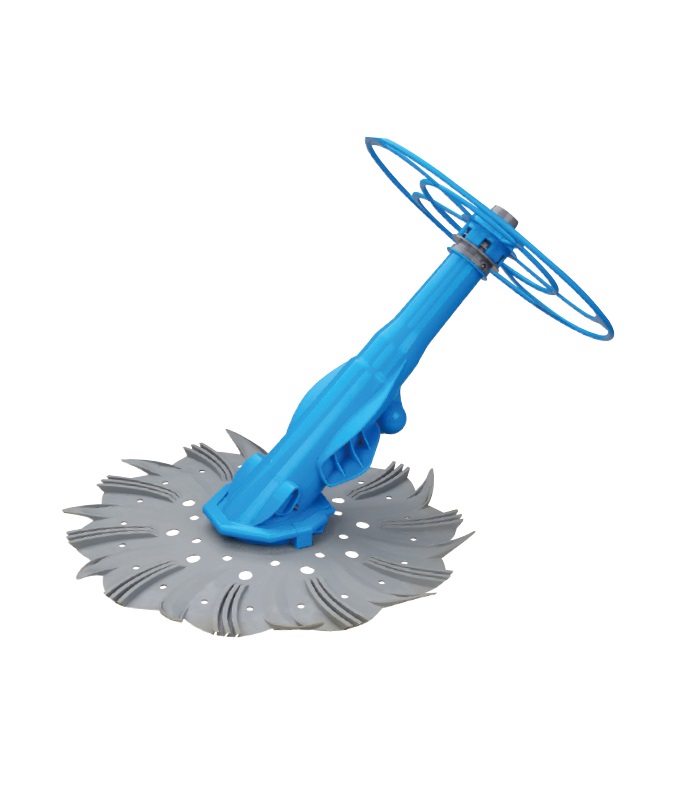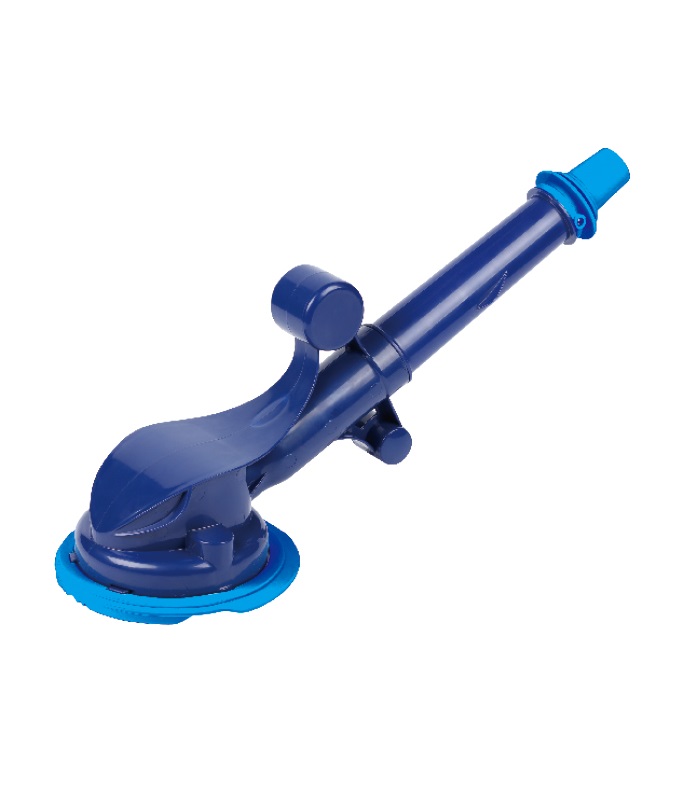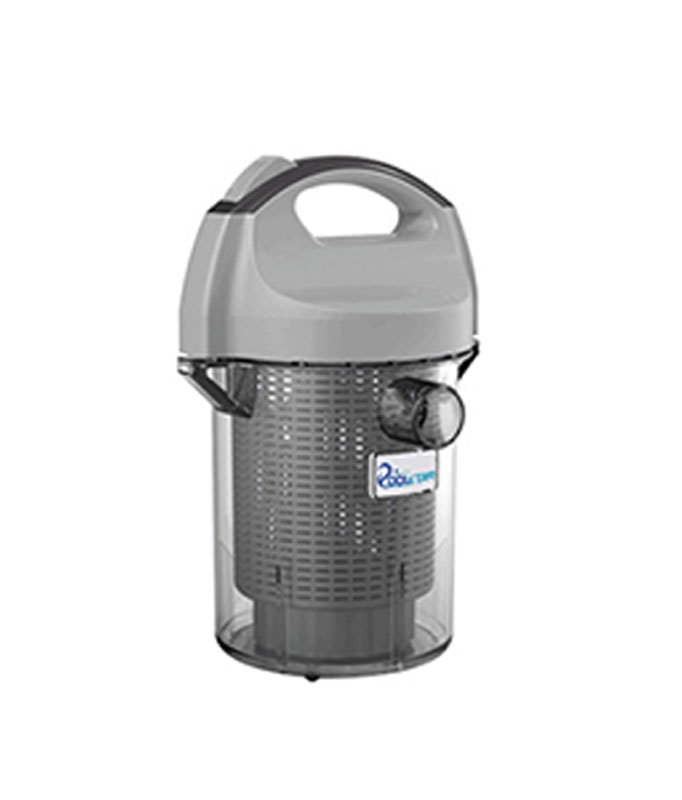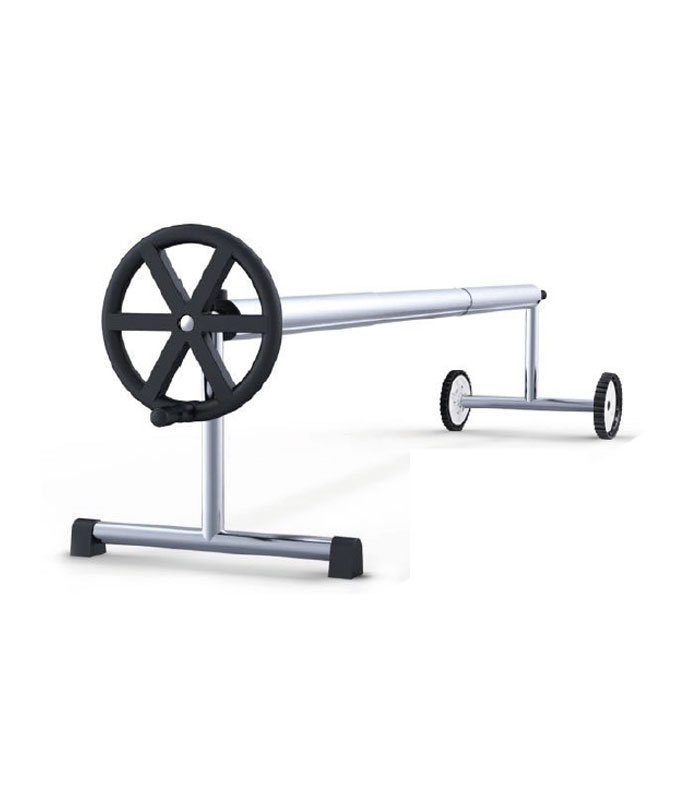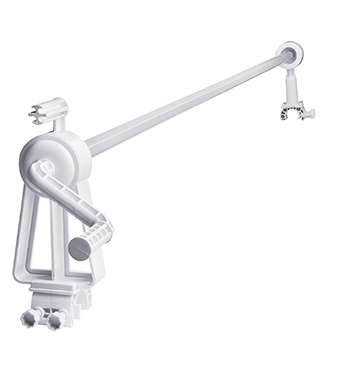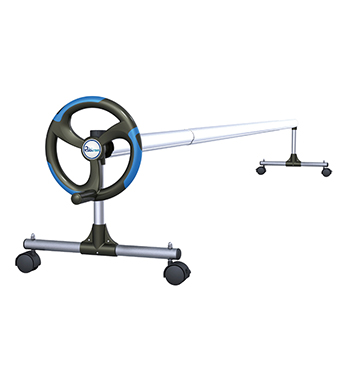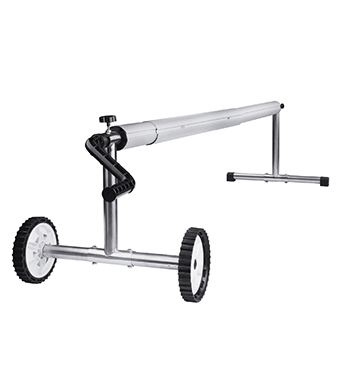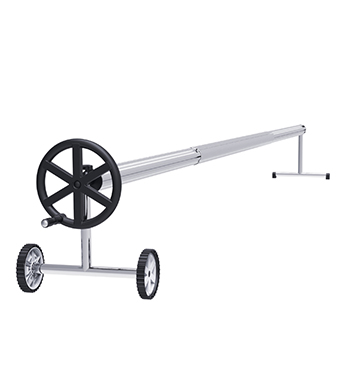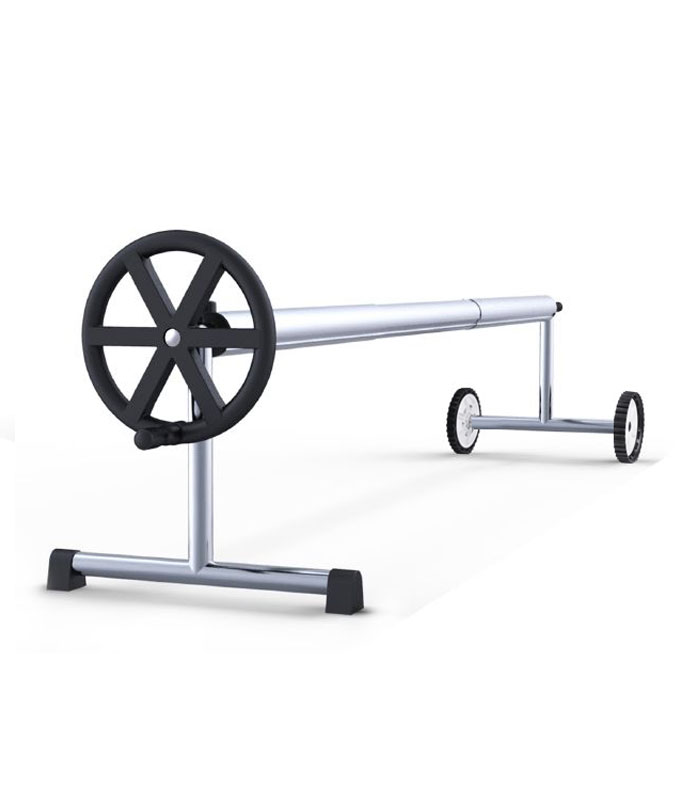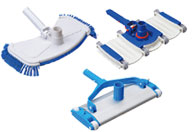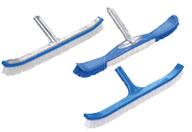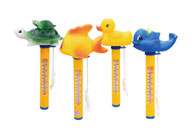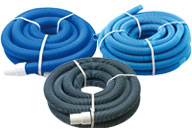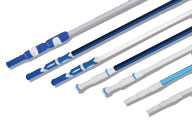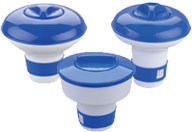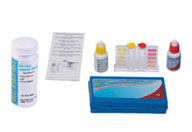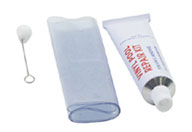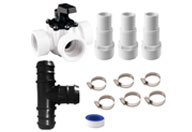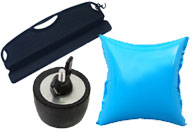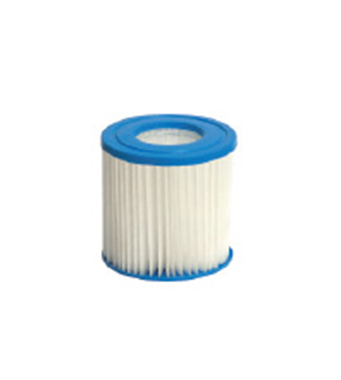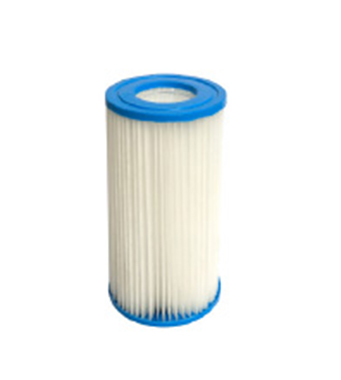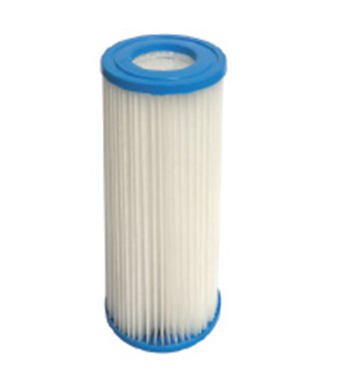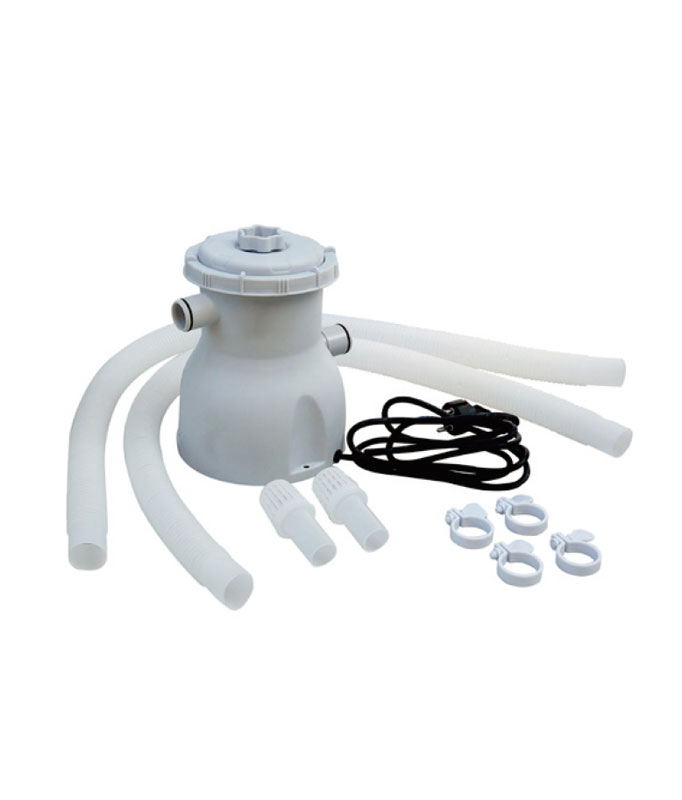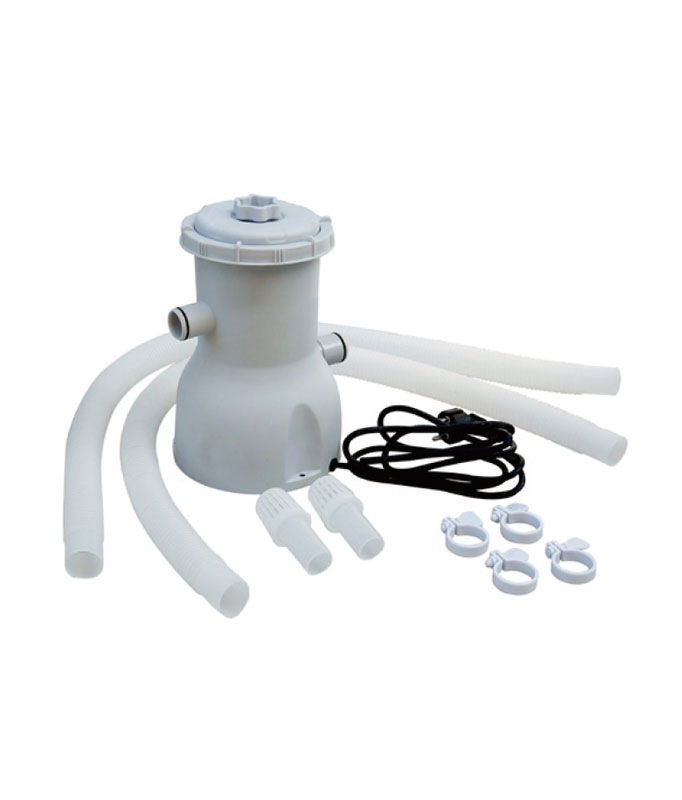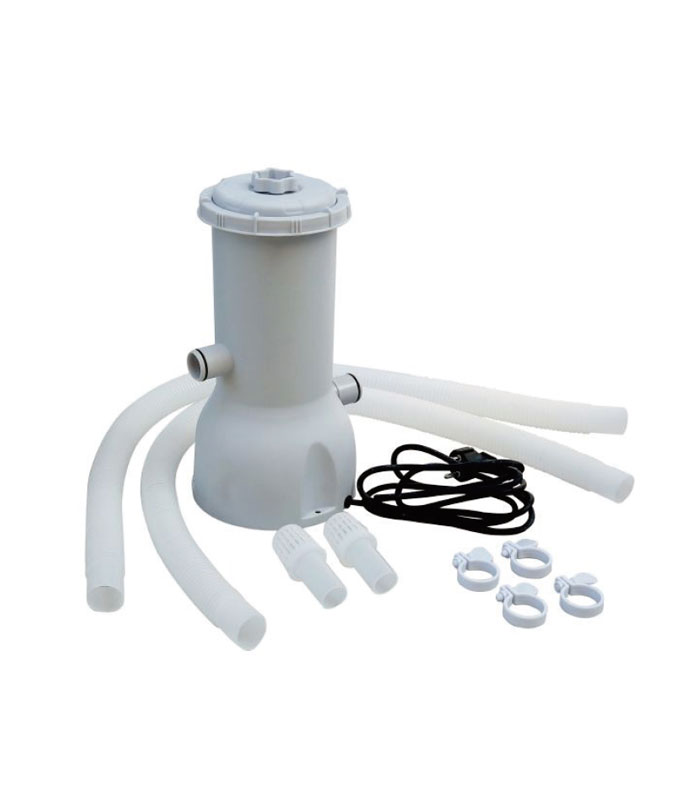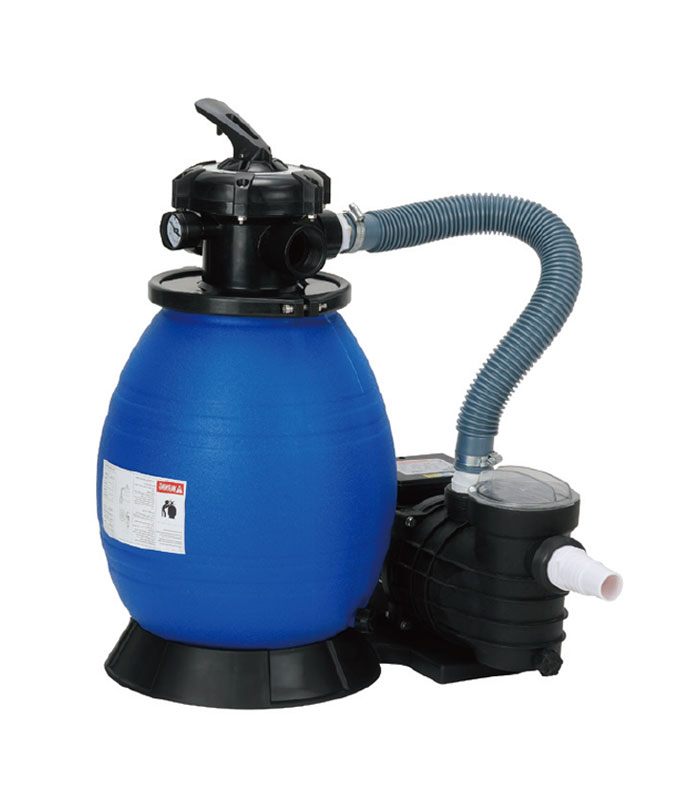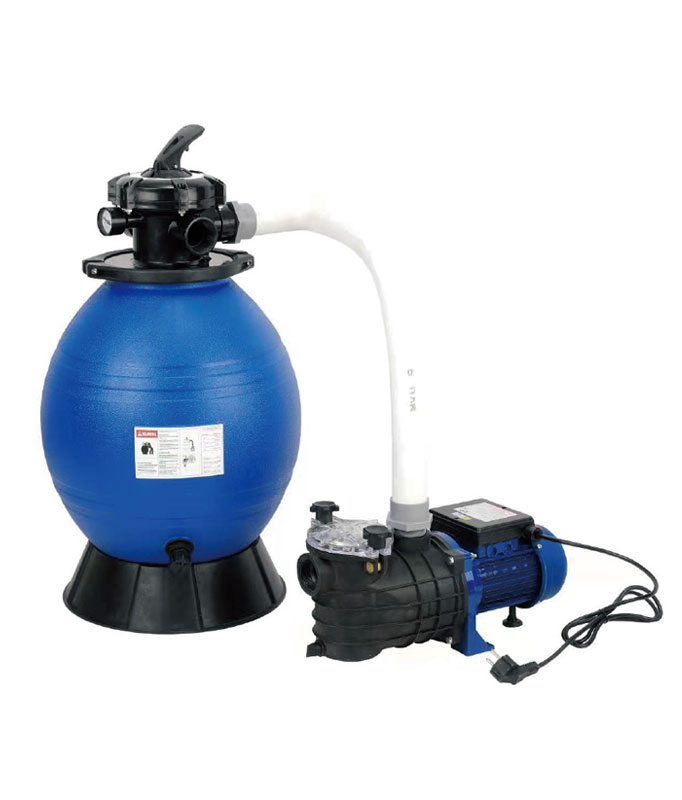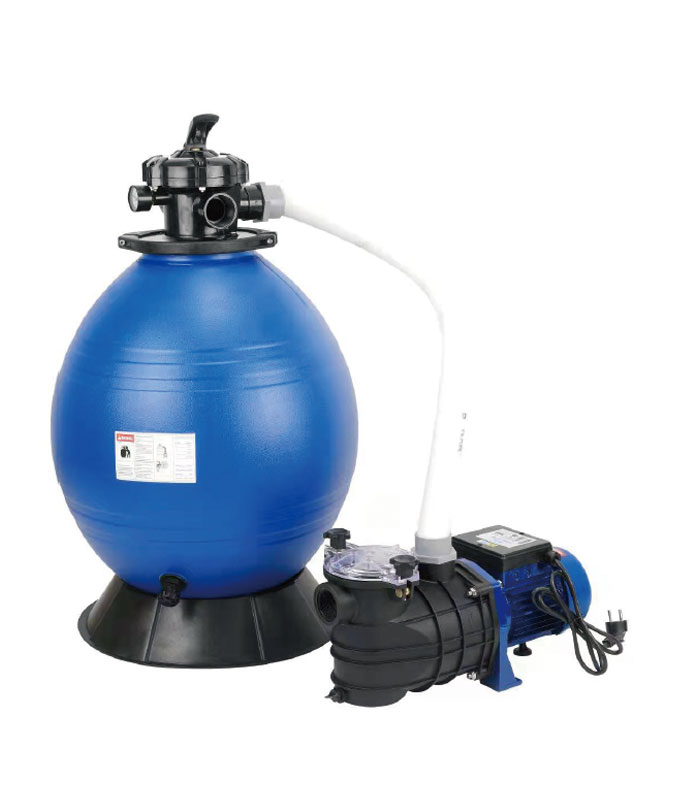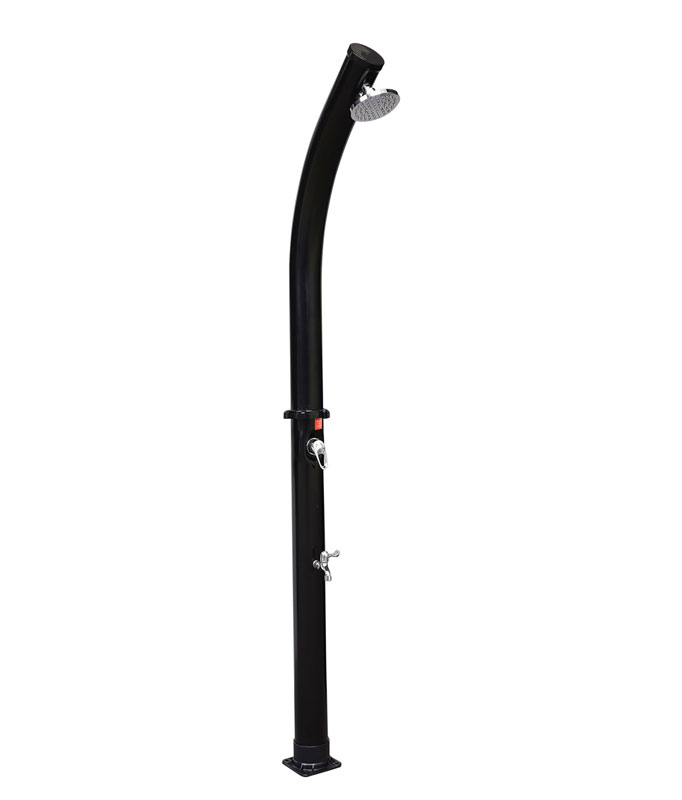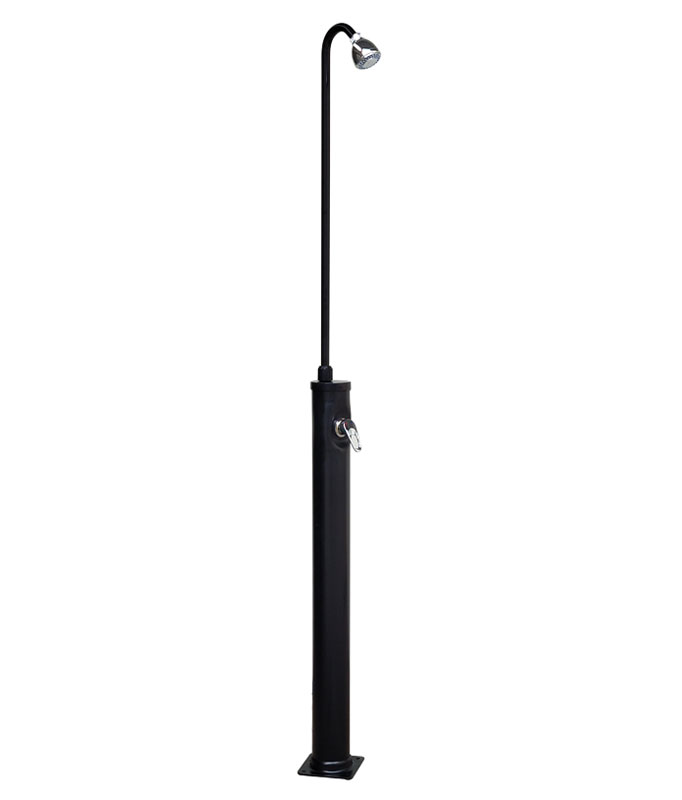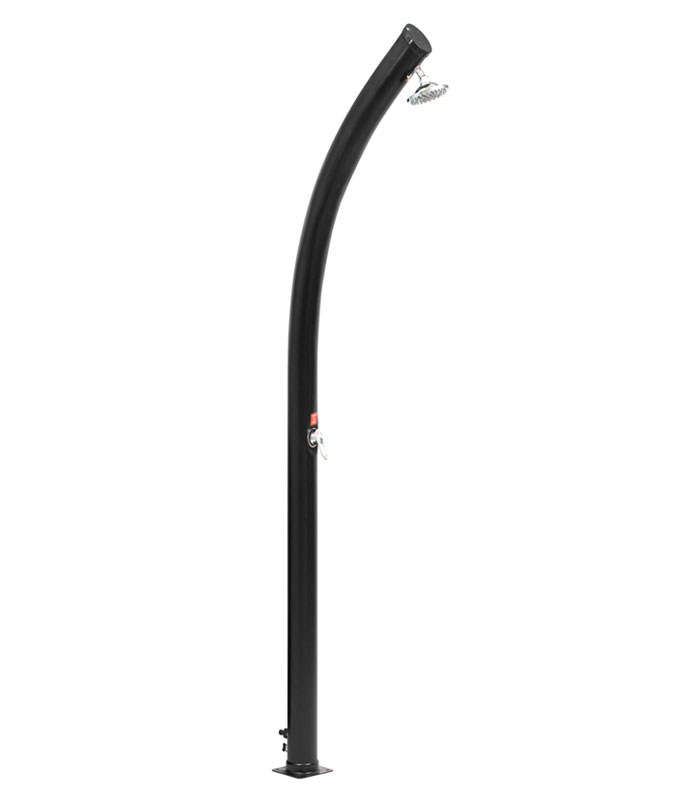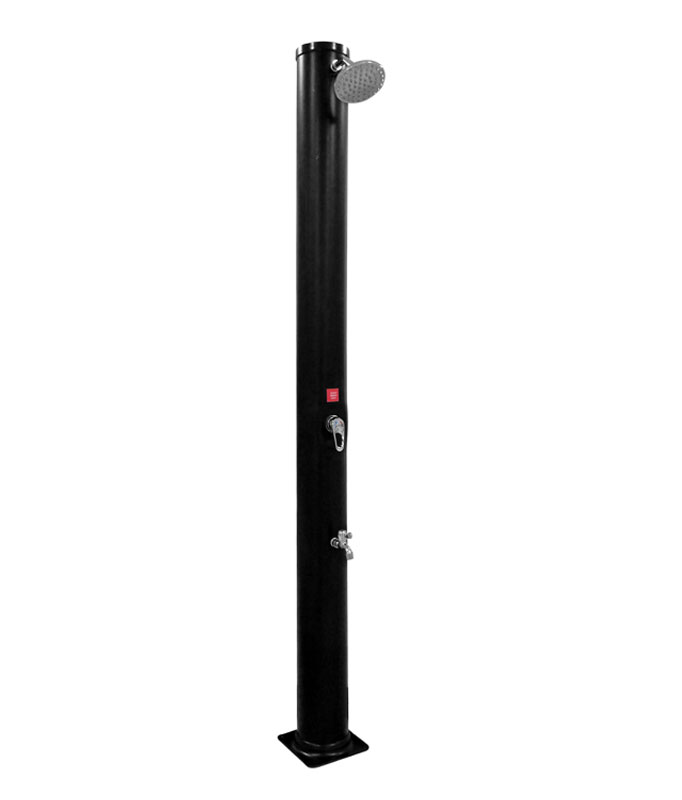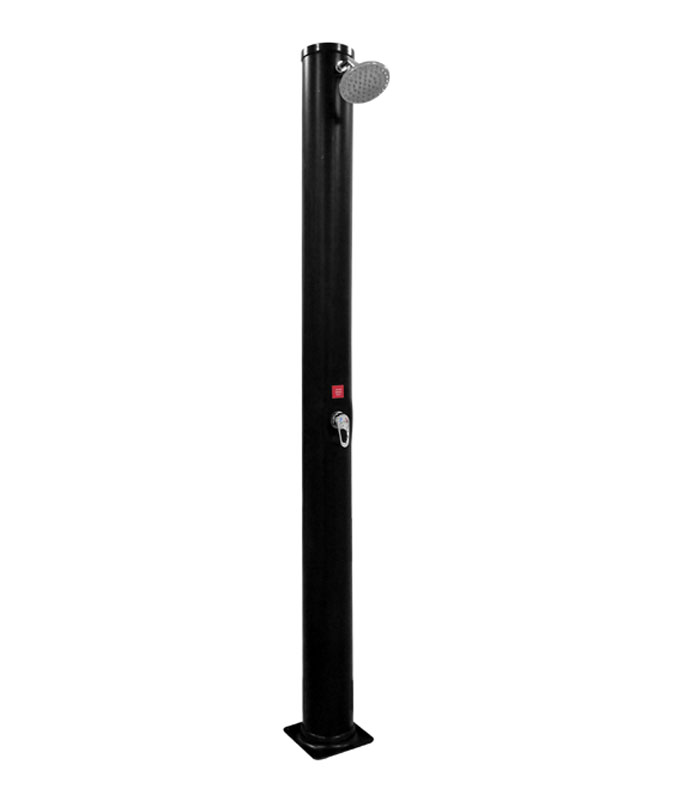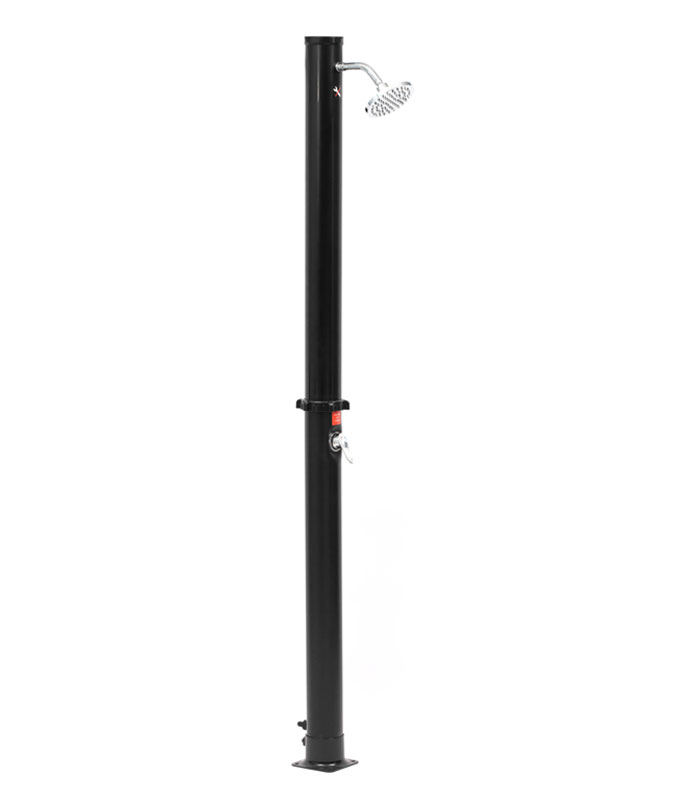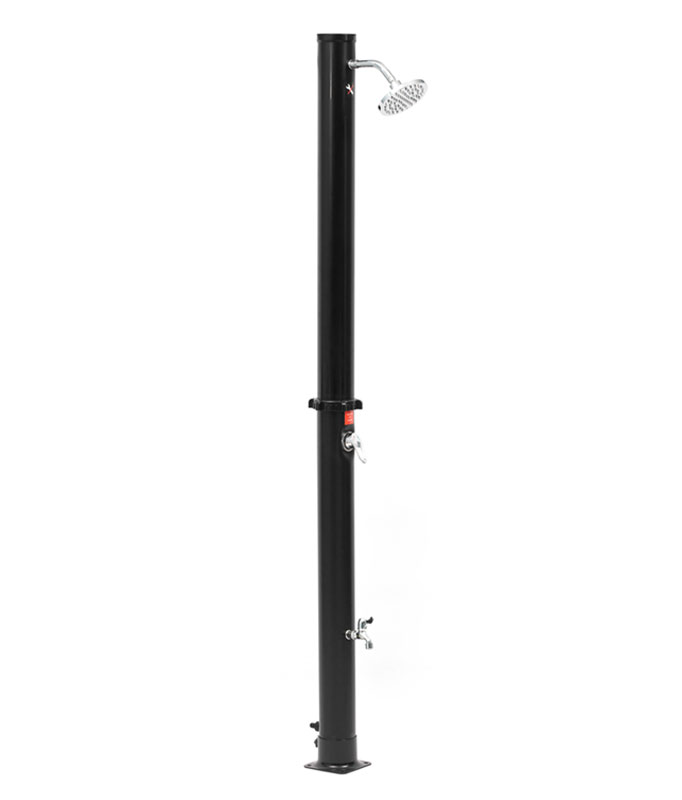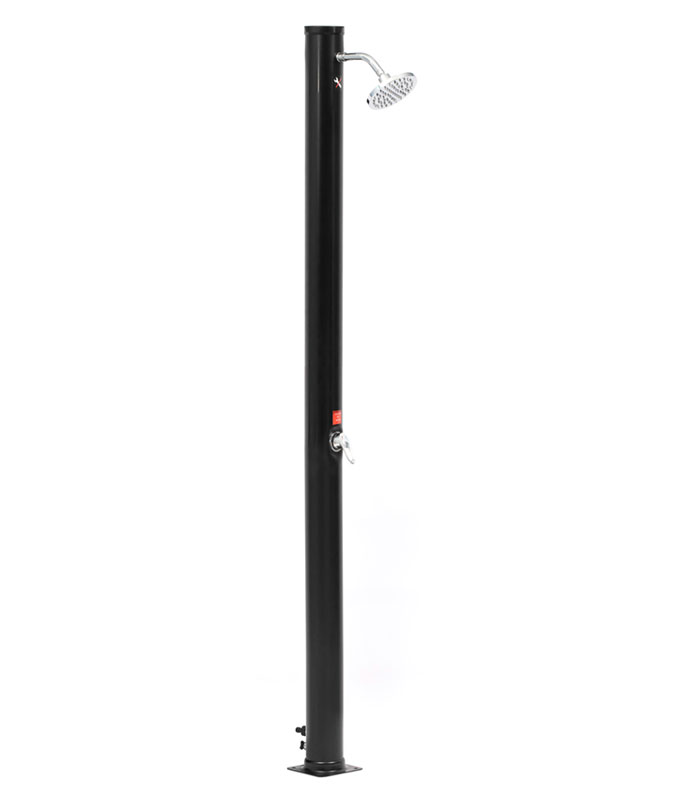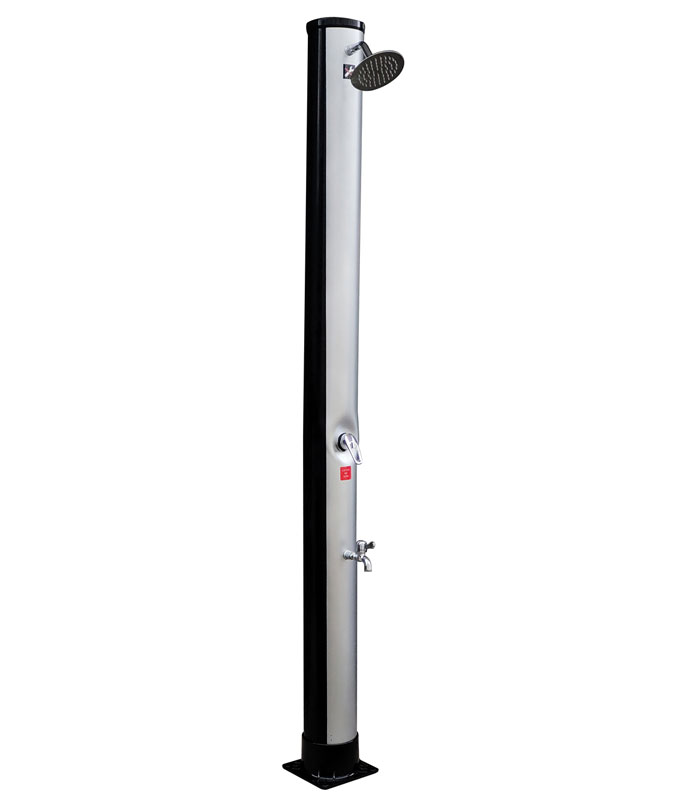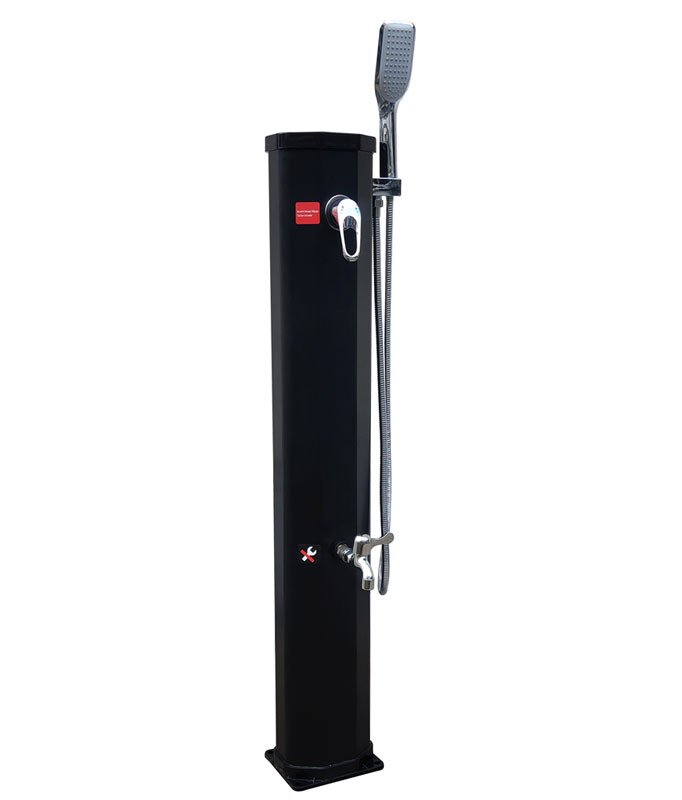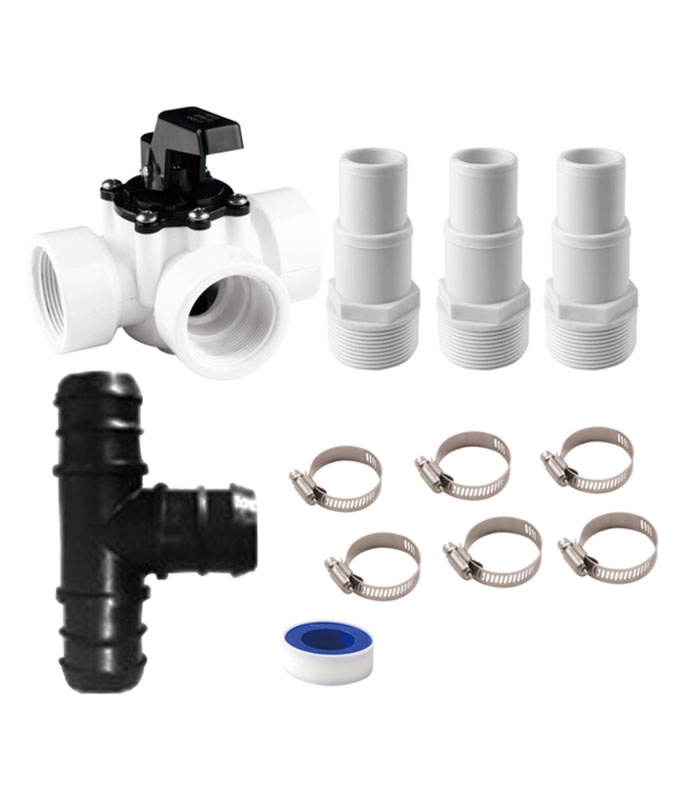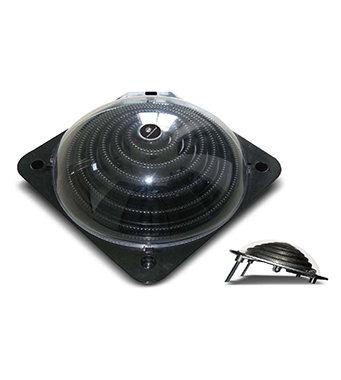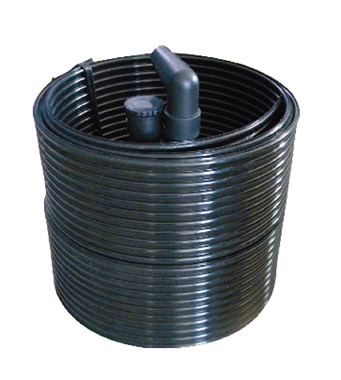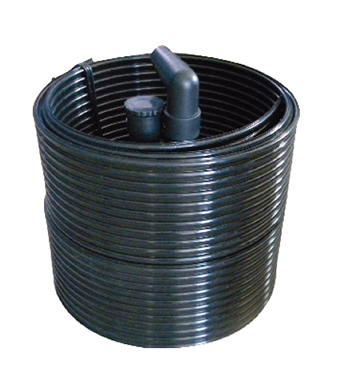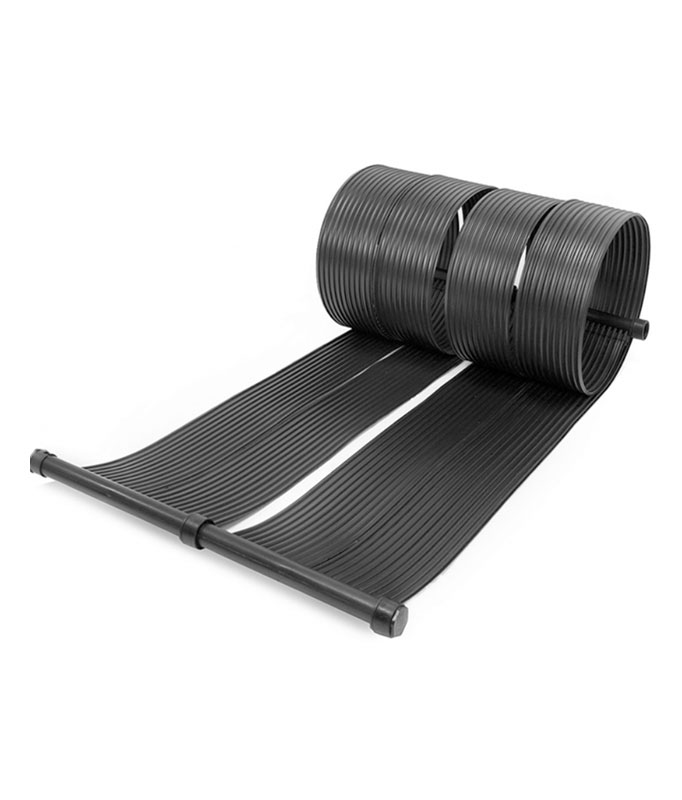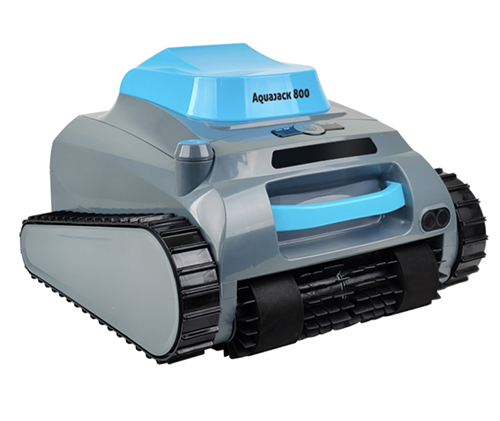
Executive Summary: The 2L Revolution in Commercial Pool Maintenance
After 1,200+ hours of independent testing, robotic pool cleaners with 2L debris capacity demonstrated:
- 68% faster cleaning cycles by eliminating mid-job emptying
- $3,200/year savings per unit on labor and disposal costs
- Superior suction consistency with <5% flow reduction at full load
- 45% landfill waste reduction vs. standard 0.8L models
This 18-page lab report reveals how jumbo filters are transforming hospitality, municipal, and water park operations.
Chapter 1: Why Debris Capacity Matters – The $17B Clogging Crisis
The Economics of Interrupted Cleaning
Traditional robotic cleaners (0.6-0.8L capacity) fail commercial environments:
| Pool Type |
Avg. Debris Load |
Emptying Stops/JOB |
Annual Labor Cost |
|
Resort (Palm Trees) |
800g/cleaning |
3.2x |
$4,200 |
|
Water Park |
1.2kg |
5.1x |
$6,800 |
|
Municipal |
2.5kg (post-storm) |
8.7x |
$11,300 |
Source: 2024 Global Pool Operators Association Survey
Case Example: Disney's Typhoon Lagoon reported 1,743 cleaning interruptions in 2023 due to full baskets – equivalent to 2,914 staff hours lost.
The Science of Debris Compression
Our material tests show how 2L filters optimize space:
1. **Layer 1 (Bottom)**: Heavy sand/rocks (40% compression)
2. **Layer 2 (Middle)**: Wet leaves (70% compaction)
3. **Layer 3 (Top)**: Pollen/floating debris (0% compression)
The patented Triple-Vortex Flow™ design increases effective capacity by 53% vs. linear chambers.
Chapter 2: Lab Methodology – Extreme Testing Protocol
Test Equipment & Standards
- Debris Mix: ISO 3630-7 Synthetic Pool Contaminant Kit
- Flow Sensors: KROHNE OPTIMASS 7000 Coriolis Meters (±0.05% accuracy)
- Test Pools:
- 25m x 13m commercial lap pool (Concrete)
- Irregular lagoon pool with waterfalls
- Wave pool generating 0.7m swells
Measurement Matrix
| Test Parameter |
Procedure |
Duration |
|
Max Debris Hold |
Gradual loading until overflow |
8h/unit |
|
Suction Consistency |
Flow rate at 25%/50%/75%/100% capacity |
120 cycles |
|
Emptying Efficiency |
Time to remove/rinse/reinstall |
87 trials |
|
Compression Performance |
Laser-scanned debris density |
3D mapping |
Chapter 3: Performance Results – 2L vs. Industry Standards
Capacity Benchmarking (ISO 3630-7 Debris Mix)
| Model |
Rated Capacity |
Actual Hold |
Overflow Point |
Compaction Efficiency |
|
Dolphin 2L Pro |
2.0L |
2.18L ±0.03 |
2.31L |
94.7% |
|
Polaris 1.2L (Commercial) |
1.2L |
1.15L ±0.12 |
1.27L |
78.3% |
|
Hayward 0.8L |
0.8L |
0.76L ±0.09 |
0.84L |
61.2% |
Note: Dolphin's vortex flow enabled 27% greater compaction than linear designs
Explanation: Larger filters reduce airflow restriction – critical for leaf-heavy environments.
*Flow rate comparison at increasing debris loads (DNV GL Report #FILT-2024-771)*
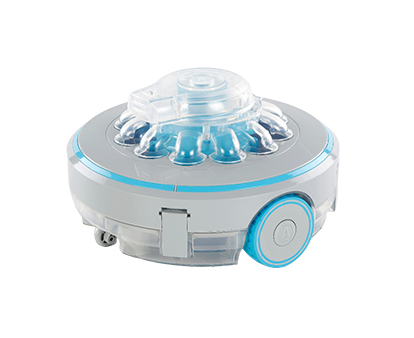
Chapter 4: Operational Impact – Labor & Cost Analysis
Time-Motion Study (50m Resort Pool)
| Task |
0.8L Cleaner |
2L Cleaner |
Delta |
|
Emptying Cycles |
5.2x |
1.0x |
-80.8% |
|
Total Cleaning Time |
142 min |
89 min |
-37.3% |
|
Staff Interaction Time |
38 min |
6 min |
-84.2% |
|
Water Spillage |
11.7L |
0.2L |
-98.3% |
Disposal Cost Reduction
- Traditional: 5x plastic bags/day @ $0.12/bag = $219/year
- 2L System: Bulk dumping into compost @ $0 = 100% savings
Chapter 5: Filter Engineering Deep Dive
Triple-Vortex Flow™ Technology
Three innovations enable unprecedented capacity:
- Helical Baffles
- 34° angled walls induce cyclonic separation
- Debris compression rate: 2.7g/sec/cm²
- Dynamic Exit Vent
- Self-adjusting aperture maintains 0.8m/s airflow
- Prevents clogging with >5mm particles
- Nanofiber Mesh
- 80µm pores capture pollen while allowing 12L/sec flow
- 10x wash cycles before replacement
Material Science:
- Frame: Glass-reinforced PP (250% stronger than ABS)
- Seals: EPDM rubber withstands chlorine >10,000ppm
- Weight: 1.2kg empty – 40% lighter than steel equivalents
Chapter 6: Real-World Case Studies
Six Flags Magic Mountain (Water Park)
- Challenge: 12,000+ daily guests, constant food debris
- Solution: 28x Dolphin 2L Pro units
- Results:
- Cleaning time reduced from 6.2h → 2.1h nightly
- Disposal costs down from $18,300 → $2,100/year
- 2024 Health Dept. score: 99/100 (prev. 87/100)
Singapore National Aquatics Centre
- Challenge: Olympic pool with strict turbidity limits (<0.3 NTU)
- Performance:
- 0.11 NTU average post-cleaning (vs. 0.29 NTU with 0.8L units)
- 17% reduction in water replacement cycles
- $7,200/year chemical savings
Chapter 7: Maintenance Protocol – Maximizing 2L Efficiency
Daily Operator Checklist
- Pre-Clean Inspection
- Verify filter latch engagement
- Check mesh for tears (use 10x magnifier)
- Post-Clean Handling
- Empty BEFORE debris dries (reduces rinsing time 73%)
- Use pressure washer at 1,500 PSI (45° angle)
- Storage Procedure
- Store vertically to prevent seal deformation
- Apply silicone lubricant weekly
Troubleshooting Matrix
| Symptom |
Likely Cause |
Fix |
|
Capacity under 1.5L |
Clogged venturi jets |
Soak in citric acid (45min) |
|
Water leakage |
Worn EPDM gasket |
Replace part #G2L-EPDM-7 |
|
Suction loss at 1.8L |
Compressed baffles |
Thermal reshape @ 80°C |
Chapter 8: The Future – 2025-2027 Roadmap
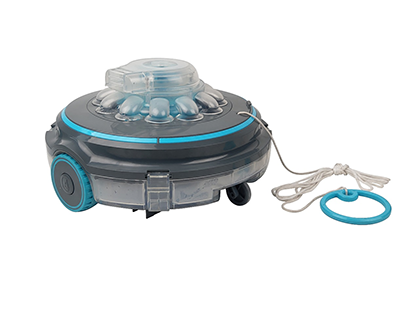
Autonomous Emptying Systems
- Dock-Emptying Tech (Q4 2025):
- 45-second automated debris transfer
- Integrated UV sterilization
Sustainability Upgrades
- Biodegradable Filters: PLA-based mesh (2026)
- Water Recycling: Onboard filtration for rinse cycles
FAQs: Engineer-Level Insights
Q: Does larger capacity shorten filter life?
*A: Counterintuitively – 2L filters last 2.3x longer. Reduced emptying = 87% fewer stress cycles on latches.*
Q: Can heavy debris damage the mechanism?
*A: Lab tests with 2kg granite chunks showed:
- 0% frame deformation
- 9% temporary flow reduction (self-clearing)*
Q: ROI timeline for hotels?
3 Months: Labor savings cover lease payments
11 Months: Disposal cost savings = 100% ROI
Year 2: $8,400 net profit per unit

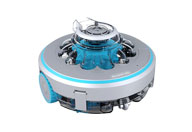 Robotic Pool Cleaner
Robotic Pool Cleaner 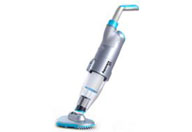 Portable Pool Vacuum Cleaner
Portable Pool Vacuum Cleaner 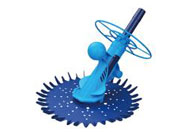 Automatic Pool Cleaner
Automatic Pool Cleaner 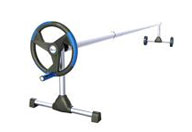 Pool Cover Reel
Pool Cover Reel 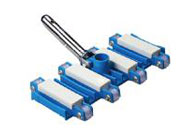 Pool Cleaning Accessories
Pool Cleaning Accessories 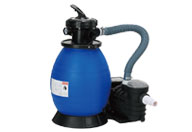 Pool Filter Pump
Pool Filter Pump 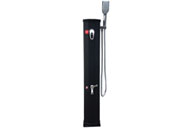 Pool Solar Shower
Pool Solar Shower 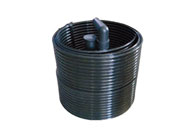 Pool Solar Collector
Pool Solar Collector 